Reading comprehension is likely the most important focus of the primary and elementary school teacher! In their book Teaching Children to Read: The Teacher Makes the Difference, Reutzel and Cooter call comprehension “the very heart and soul of reading.” Without comprehension, students aren’t really reading, they’re just decoding words! Further, reading comprehension is the basis for all academic study: without comprehension skills, students will never understand science, social studies, or other academic content.
While there are a wealth of comprehension strategies out there, I am recommending 3 very important strategies that you can can start using in your reading instruction tomorrow. For each strategy, I will share why students need to know the strategy, the research behind the strategy, and one way to start incorporating it right away. Further, for each strategy I’m going to share a digital tool to incorporate into your instruction to help make students’ thinking more evident.
Retelling
One extremely fast and easy strategy to start with is retelling. This strategy is extremely useful because it can be used with any text. Retelling is important because it leads to understanding the sequence and summarizing. Reutzel and Cooter state: “Retelling involves selecting the most important information, making personal connections, and representing the information in a logical sequence.” Their research suggests that retelling is one of the most effective ways of determining if a student understands what they’ve read and is a great assessment of students’ understanding of content and text structure.
When introducing my students to retelling, I really like using an effective retell protocol called the Five Finger Retell. For each finger, students share a part of the story. Students start with the thumb to tell the main characters. Next, students raise the index finger and share the story’s setting. With the middle finger, students share the story’s beginning. Then, students give an important middle detail for the ring finger, providing the conflict if there is one. And finally, explaining the ending, including how the problem is solved, with the pinky.
I love using this strategy because after the protocol is taught no additional question prompts are required, and students can practice independently. It’s also a perfect scaffold when students aren’t quite ready for written retells. This protocol could easily be adapted to information texts, as well. Also, try having students use Flipgrid to record themselves doing their Five Finger Retell. This way you can quickly and easily check for students’ understanding of this strategy, and provide quick feedback.
Text Structure
Identifying and analyzing text structure is another important comprehension strategy that pulls in some of the same skills that retelling does. Reutzel and Cooter’s rationale for teaching text structure is that students must understand that literary texts have major elements, like characters, setting, sequential events, and important plot elements like problem and solution. They also suggest that students must understand the differing text structures of informational texts, like main idea and supporting details, as well as text features and other structures that authors use like cause and effect, compare and contrast, descriptions, and sequences. I believe that students must be able to identify text structures of both literary and informational texts, as well as tell the difference between the two, to better understand what they are reading.
Try starting by pointing out to students the physical features of texts, like title, author, title page, etc. To help my students with text structures, I often used graphic organizers. We used story maps for literary texts and graphic organizers that help students identify nonfiction text features and structures.
I found that using story maps helped students with retelling more complex literary texts and answering lower-level “wh” questions. After they could do this successfully, I then moved onto asking more higher order questions to move students to thinking more critically about text. Similarly with informational texts, graphic organizers asking for text features like headings, pictures, captions, graphs, and charts helped students understand that each of those features were to help them more deeply understand the information the text was sharing. Once they understood the purpose of those features, they were then able to move to the hard work of analyzing the information they had learned. In place of paper graphic organizers, you could have students create digital story maps in Padlet. And with the new shelf feature, students could create their story maps collaboratively!
Monitoring
The final strategy I wish to share with you today is monitoring. You the teacher are not the only one who should be monitoring students’ reading. Students must be taught how to monitor their own reading and know how to think about their thinking, also known as metacognition. Reutzel and Cooter explain the importance of metacognition in regards to comprehension:
Metacognition refers to two important concepts related to reading comprehension: (1) a reader’s awareness of how well he or she is understanding the reading (such as when you have been ‘reading’ and realize your mind has wandered) and (2) a reader’s ability to control his or her own thinking, including the use of comprehension strategies to improve or repair failing comprehension while reading (such as rereading a passage after realizing your mind had wandered) (Paris, Wasik, & Turner, 1991). (pp. 266-267)
So students must realize when things just aren’t making sense, when they’ve made a miscue, or when they’ve skipped a word, line or phrase. They must monitor themselves while reading, because if they fail to recognize mistakes and miscues, Reutzel and Cooter suggest they will be unlikely to go back and self-correct their reading. Students must also practice fix-up strategies when they realize they’ve missed something. Some of the fix-up strategies are:
- Continue reading and use additional context.
- Use pictures or text features.
- Go back and reread.
- Ask for help.
An excellent strategy for helping students monitor is Clicks and Clunks. This strategy has students stop every once and while to monitor their reading to make sure everything is “clicking.” Students really like this framework and understand that when their reading looks right, sounds right, and makes sense it’s a “click.” However when they’ve made a miscue or aren’t understanding, it’s a “clunk,” and they need to figure out what went wrong and how to fix it. In addition to being a metacognitive strategy, this strategy also serves as a great way of teaching self-assessment! And because monitoring requires a lot of heavy “brain” lifting on the students’ part, provide a scaffold in the form of a poster and graphic organizer, like these from C2Teaching.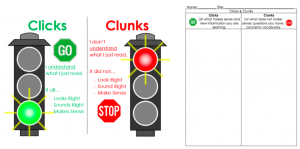
I have two ideas for using Seesaw to practice this strategy! Students could record themselves reading a brief text or part of a text. After recording, they could listen to themselves as they read along with the text and monitor for Clicks and Clunks. They could then write their Clicks and Clunks on the recording sheet. Or the Clicks and Clunks graphic organizer could be completed digitally as an Activity in Seesaw. Students could read and record their Clinks and Clunks in Seesaw as they read. When they are done reading, they can record themselves explaining what fix-up strategy they will use for their clunks.
I hope you find these 3 strategies useful and try them out soon. Please come back and provide a comment to let me know how it went!

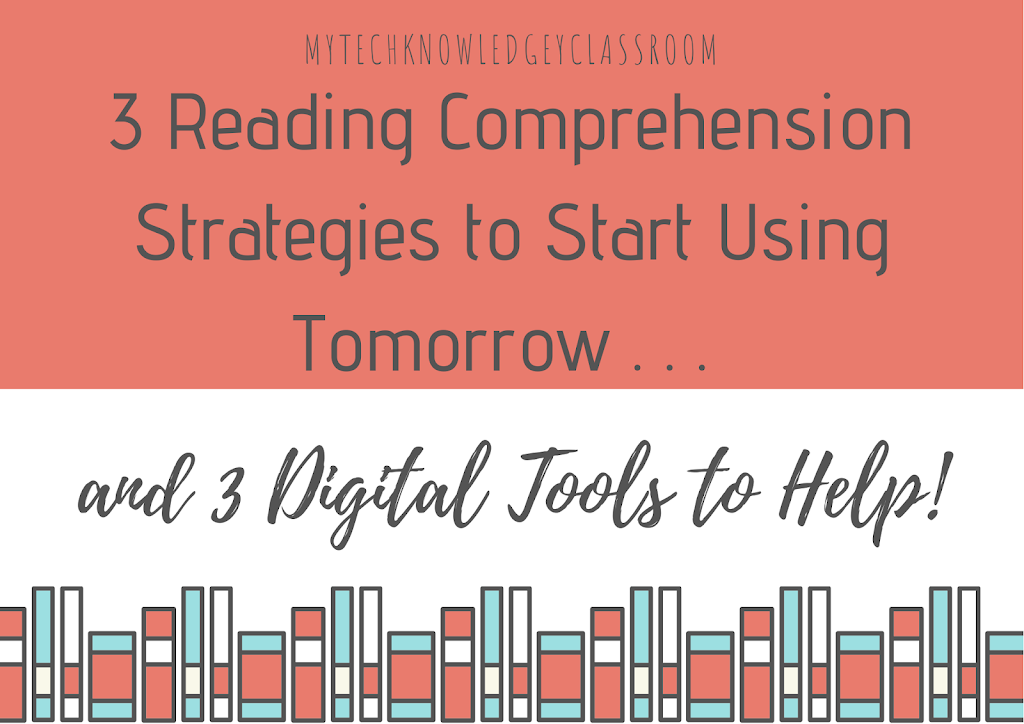
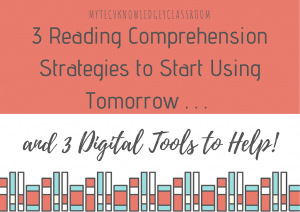
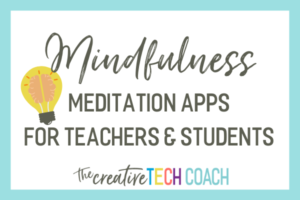
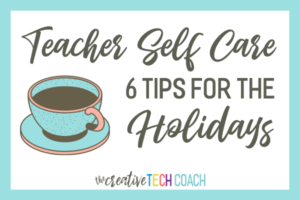
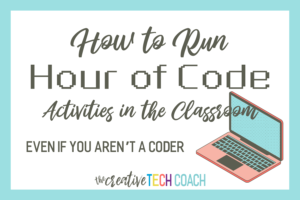
One Response
I enjoyed reading your blog post. The ideas you included in your reading strategies paired with tech tools to help accomplish the strategies are definitely ideas I will be sharing with the teachers I work with.